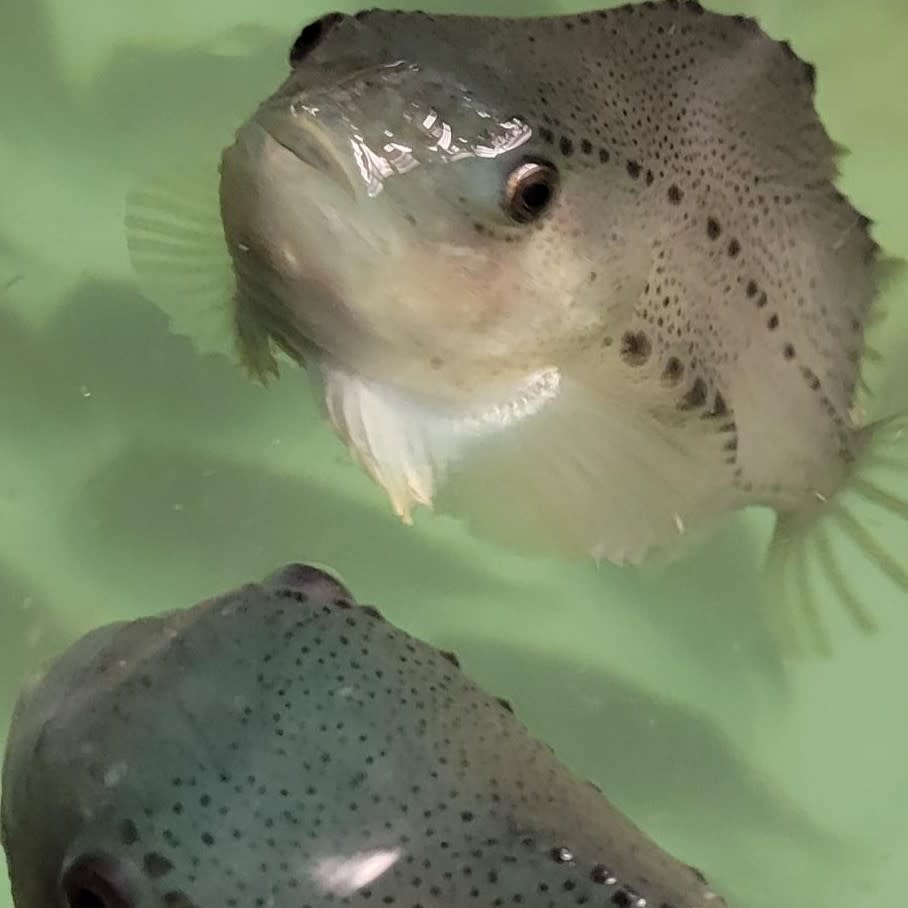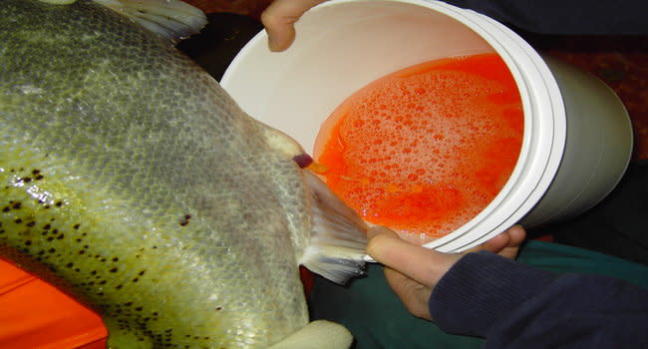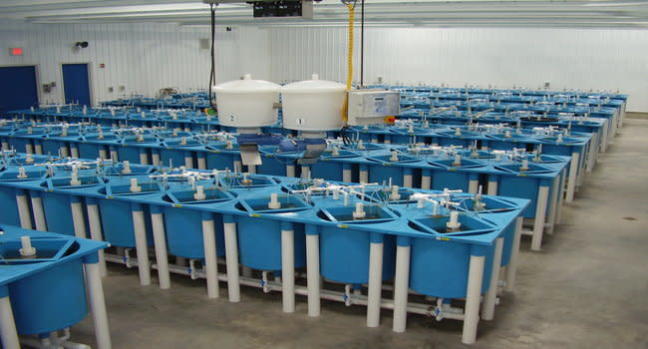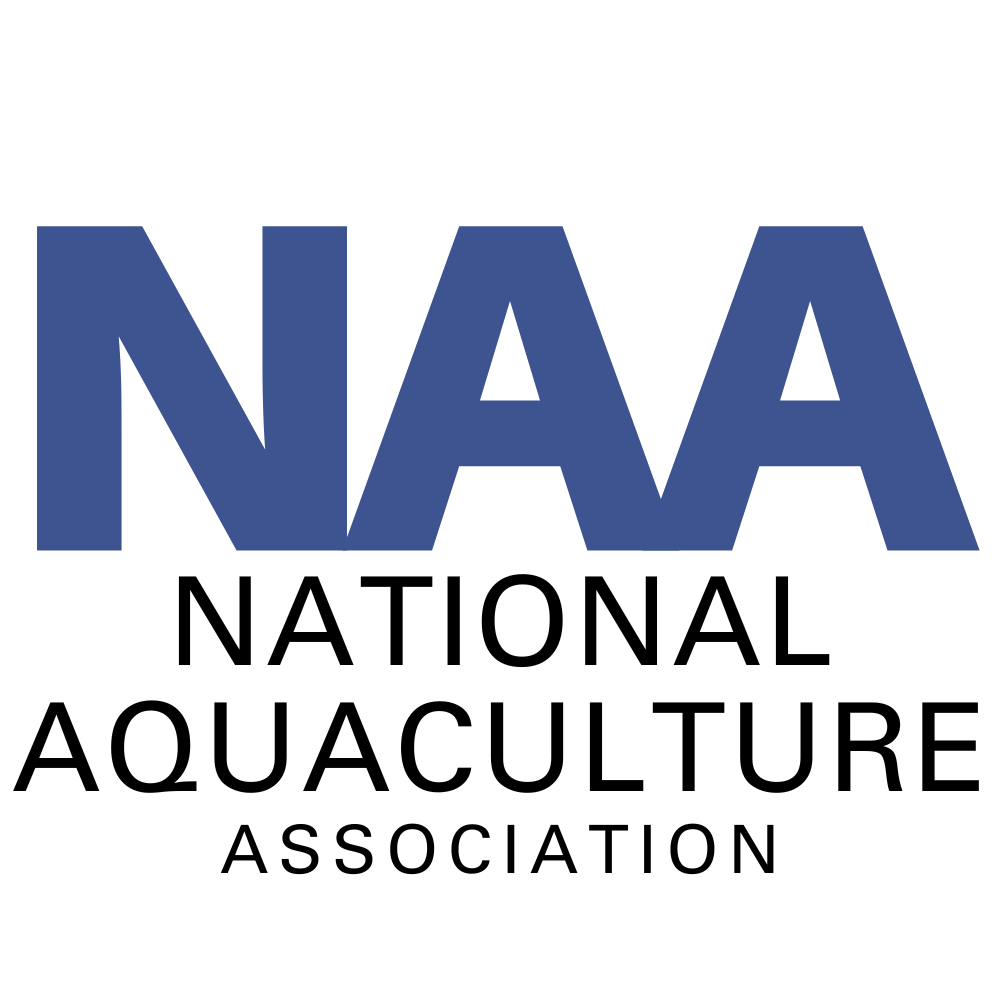
Improving North American Atlantic Salmon Aquaculture Production at the National Cold Water Marine Aquaculture Center

Article by: Mark P. Polinski, Samuel A. May, Gary S. Burr, Michael R. Pietrak, Erin L. Legacki, and Brian C. Peterson
Consumption of farmed Atlantic salmon far outpaces domestic production in the United States, emphasizing that expanding and optimizing Atlantic salmon aquaculture practices will benefit the U.S. economy and contribute to reducing the seafood trade deficit. For U.S. Atlantic salmon aquaculture to be competitive, access to broodstock of North American origin, genetically improved for efficient intensive culture systems, is essential. Further, improvements to reproductive output, feed efficiency, and disease mitigation will also be necessary to expand market share and gain competitive advantage over foreign producers. For nearly two decades, the National Cold Water Marine Aquaculture Center (NCWMAC) has assisted domestic Atlantic salmon farmers by developing a breeding program and providing genetically improved salmon germplasm that adheres to federal regulations for being of North American origin. Moving forward the NCWMAC is focused on four main strategies to help improve the domestic industry.

The National Cold Water Marine Aquaculture Center in Franklin, ME is staffed by USDA Agriculture Research Service scientists and support personnel who are managing a national research program to address the cold-water marine aquaculture industry's highest priority research needs. Credit: USDA ARS
Develop breeding strategies and improved stocks for performance in recirculating aquaculture systems and net pens.
At present, two priority traits are incorporated into a multi-trait selection index: carcass weight and sea lice resistance, with weighted priorities of 70% and 30%, respectively. The last 5-years of the program saw the development of key genomic tools, which have enabled a transition from traditional, pedigree-based estimated breeding value (EBV) quantification to genomic-based EBVs (GEBVs). Genomic techniques provide both improved accuracy for breeding predictions and allow routine selection for difficult-to-measure phenotypes (e.g., disease resistance). We hypothesize that further evaluation of new and existing priority traits for inclusion in our multi-trait genomic selection index will improve GEBV prediction accuracy and selection efficiency. Specifically, decoupling weight gain, fillet pigment, fat content, and Omega-3 content for GEBV estimation has been identified as a stakeholder priority, as it will allow the selection on specific trait components to better match consumer demands. A second stakeholder priority is to determine if selective breeding may be applied to reduce off-flavor. Here, we aim to develop a robust challenge model to test for off-flavor development in Atlantic salmon for us to pursue the possibility to selectively breed for off-flavor resistance. Third, to assess the success of genomic selection for sea lice resistance in our North American lines – and to examine mechanisms underlying resistance – we aim to establish divergent lines selected for sea lice resistance and susceptibility. These evaluations will be integrated with recent developments in cryopreservation technologies to allow our facility – for the first time – the opportunity to incorporate interannual breeding strategies to maximize GEBV accuracy and genetic diversity.
Develop strategies to reduce on-farm losses to pests and pathogens in salmon aquaculture.

Lumpfish in tank.
The U.S. domestic salmon industry is currently expanding their capabilities to include the use of captive reared lumpfish for sea lice control. To aid this industry initiative, we aim to establish a captive breeding program for Gulf of Maine lumpfish. At least one trait identified as a priority for selection in lumpfish is the ability to clean sea lice from salmon. To our knowledge, no published challenge models allow for the quantification of this trait at the individual level, which would be necessary for selective breeding. We aim to develop challenge models to quantify sea lice cleaning propensity in lumpfish. Although we expect to make significant contributions to mitigating sea lice impacts with selective breeding and biocontrol development, current research does not suggest these two strategies will cumulatively be sufficient to eliminate industry losses associated with sea lice. We therefore conducting research into a third sea lice mitigation strategy - therapeutic development and improvement – to be used in combination with the first two approaches to provide what currently has been identified as the most cost-effective strategy for mitigating sea lice in the absence of developed resistance.
Improve spawning strategies to increase reproductive efficiency in Atlantic salmon.

Atlantic salmon spawning research at the NCWMAC. Credit: USDA ARS
Currently, North American Atlantic salmon producers lose up to 30% of production to early maturation of fish. Using gene editing and germ cell transfer, we aim to develop an economically viable method to produce sterile fish. First, we aim to test three gene editing techniques previously used to delete specific reproductive genes in vertebrates: CRISPR/cas 9, antisense, and morpholino. All three methods will be combined in a two-generation sterilization process that will result in embryos that develop gonads void of sperm or eggs for potential use in production. Conversely, broodfish within North American Atlantic salmon production have experienced a 20% decrease in production of embryos that development to the point where eye spots are visible (i.e., eye-up rate). The maternal endocrine environment is suggested to be an important factor for Atlantic salmon ovulation and production of viable embryos and therefore further research into this environment is anticipated to aid in recovering production-associated eye-up rate losses.
Optimize nutrient utilization and production practices in Atlantic salmon aquaculture.

The parr system at the NCWMAC contains 234 small 50-gallon culture tanks for rearing Atlantic salmon from fry to advanced parr stage. All research tanks are supplied with water from recirculating filtration systems. Credit: USDA ARS
Although novel and alternative protein sources are becoming competitive in aquafeeds as fishmeal availability has become limited, a primary challenge is to ensure non-marine ingredients in salmon diets maintain acceptable growth performance, health, and culture conditions compared to current practices or ideally improve upon them. Our goal is to evaluate novel and emerging ingredients for the effects on growth performance, health, and water quality after feeding. Three promising ingredients for inclusion in Atlantic salmon diets are insect meal such as from Black Soldier Fly, single cell protein sources such as yeast, and microalgae. We intend to evaluate the nutrient profiles of these potential ingredients, including assessments of amino and fatty acid content, crude protein and lipid, and astaxanthin content for color.
In conclusion, these research priorities are anticipated to have the largest and most cost-effective impact on increasing sustainable U.S. Atlantic salmon production relative to other areas of research. We look forward to working with producers and stakeholders to improve U.S. Atlantic salmon aquaculture production in the coming years.
Visit the National Cold Water Marine Aquaculture Center's website to learn more about on-going research projects. Contact NCWMAC's Director Dr. Brain Peterson (brian.peterson@usda.gov) for additional information about on-going research.
